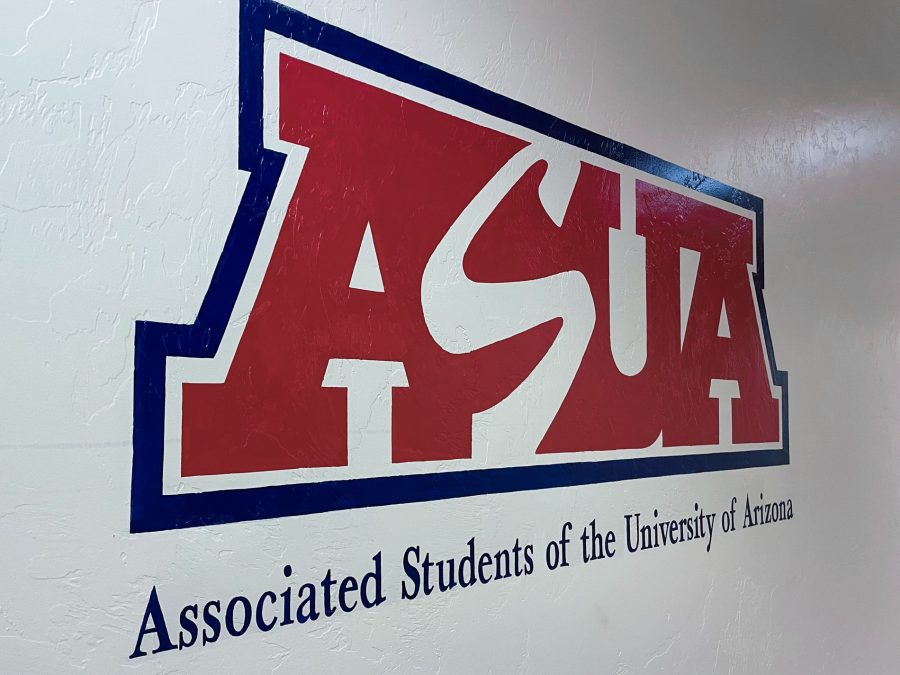WebReg’s viability usually comes down to a single question: Were you able to register for the courses you wanted or needed? And much like any analysis of under-supply and over-demand, those able to register are happy, while those who aren’t are furious. However, the utility (or disutility) in either case is drastically different. One group graduates on time as “”expected,”” while the other must bear the explicit costs of additional semesters and the implicit opportunity costs of lost potential wages.
Over the past few years, many have tackled the WebReg problem. On the more novel side, some have advocated introducing market forces to WebReg – that is, introducing a pricing mechanism via auctions to determine registration. On the more practical side, some have advocated disincentives, such as Prof. George Gehrels, who has proposed limits on Grade Replacement Opportunities and financial penalties for dropping courses. Both would surely free up space, decrease course registration volatility, and make it easier for underclassmen to register for courses, but these policies will not necessarily alleviate the bottlenecks caused by courses that are required by each major.
Next year, our university’s budget will leave students with fewer professors, fewer class offerings and more uncertainty. This will exacerbate current problems with WebReg, especially since the work by project MOSAIC, a campus-wide IT project, may only aesthetically alter the WebReg experience.
However, a WebReg solution may be found in how the university solicits for, analyzes and then leverages student information. At the moment, the information necessary to better plan is too dependent on various proxy measures of students’ course preferences, such as their major, instead of their true “”course preferences.”” Although this is reflective of each college’s protective or “”siloed”” approach toward course offering, it also puts students at a disadvantage and doesn’t offer transparency to the course registration process. Consequenctly, WebReg simply mirrors the provincial elements within the university at the expense of over-enrollment in college majors and as a result, registration problems.
The power of information technology is not being used to its potential. The problem with WebReg is that it is essentially an underfunded IT problem. We’ve used WebReg merely as a course registration tool instead of making it a platform to ensure students get into the classes they need and graduate on schedule.
As with other processes that were shifted to the Web, course registration should not only be functional but also provide additional value to the students and university planners. Although the university already collects information from WebReg, it has the potential to become, as a component of Student Link, a more vital course planning and offering mechanism than the university has thus far incorporated.
Weeks before registration, WebReg could proactively engage students by offering registration options and commitments. WebReg could pull information from courses and prerequisites completed, and provide students with “”guaranteed”” slots based on course requirements that meet each student’s academic needs. In this process of preparing course registration options, WebReg would require students two weeks from “”open registration”” to log in and indicate the six or seven courses and times desired for the subsequent semester.
This would do three things. It would provide the university course planners with a more realistic understanding of demand: Instead of relying on a proxy measure based on college size and seat availability, the university would have a more certain understanding of actual demand for course offerings. The information would be invaluable to students; the university could more effectively manage expectations and provide information to students in over-enrolled colleges with alternative degree options. Finally, aggregate numbers collected for university purposes would not be prone to manipulation by departments vying for university funding.
The week before registration, students would be notified that WebReg has been updated with open course offerings and class sizes. Students would be pre-registered for required courses and this would shift the burden on the university to meet the demand of students with additional sections. In the short term, the university is undersupplied. In the long run, colleges wouldn’t be allowed to over-enroll students because it would be a function of the actual ability of the university to adapt and serve the needs of students.
At the point of registration, WebReg can be presented in two ways – either an interactive SAPR where electives can be selected, or in a general format where university-wide information is presented alongside facts and figures indicating college programs desperate for students or overburdened. The transparency offered by the college students’ demands would be reciprocated by providing students with the information necessary to switch majors if they so chose to. Students who simply wanted to graduate could transfer to less popular majors, while colleges languishing from under-demand would realize a major boom.
As of right now, WebReg is frustrating, unnecessarily open-ended and does little to enhance the registration process. These problems will continue as long as the demand for courses is not met by the willingness of our respective colleges to meet that demand by offering more sections. The flow of information is absolutely necessary to solve this problem and enhance the overall college experience. IT, as much as we may belittle its importance, is vital toward alleviating the registration process headache.
-ÿPaul Cervantes is an accounting senior. He can be reached at letters@wildcat.arizona.edu.








